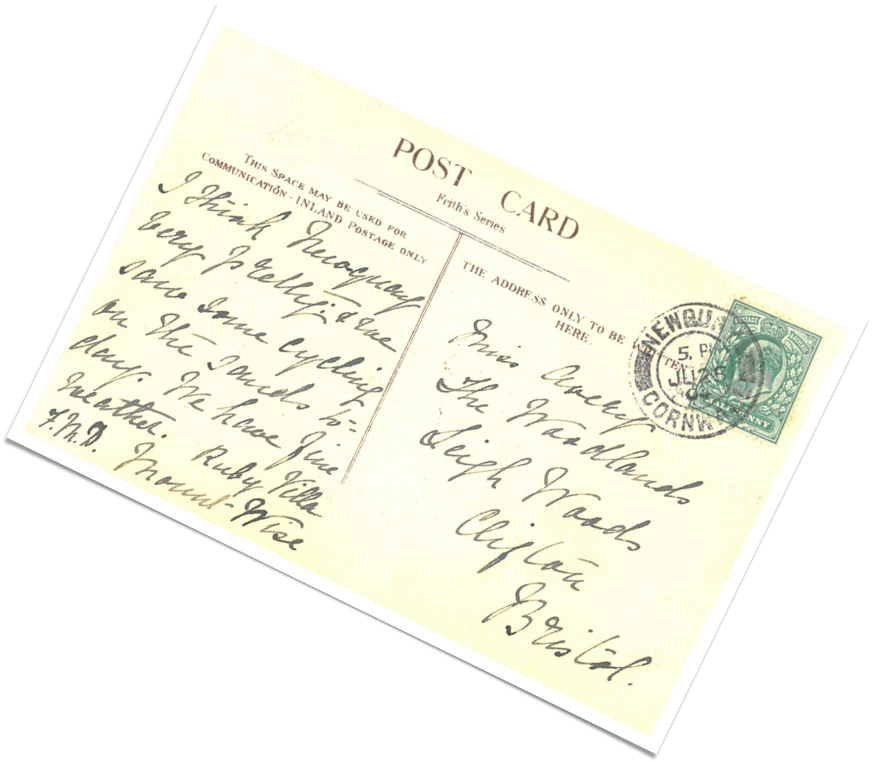The curve of the headland around what is commonly known as Newquay Harbour, provided protection and a natural haven for a small fishing village to evolve and flourish. During the 15th century, the village was originally known as "Towan Blystra" "Towan" meaning sandhill or dune in Cornish, and "Blystra" meaning blown.
Anchorage to the area was notorious. Exposed to the elements the winds from the north east would hinder and discourage ships from docking. A local governing body decided to submit plans to the local burgesses and apply to Edmund Lacey the Bishop of Exeter in 1439, for funding to build a "New quay", from which the town derives its current name.
The current harbour started construction in the early nineteenth century 1832. Historical photos show views of Newquay harbour in the early part of the twentieth century. The use of tramways still served the quays at which old merchant sailing ships were tethered.
After the arrival of passenger trains in 1876, the former fishing village started to grow. Several major hotels were built around the turn of the 19th century. The Victoria Hotel in East Street, the Atlantic and the Headland hotel were the first to be constructed around that period. Three churches were also built soon after 1901.
References show that the Harbour Hotel was built around the same period and that it was used primarily for storing grain for distribution across the county. There is some evidence to show that silos for storing grain were located to the left of the building which is now used as storage by the local fishermen. It is considered that at some point the building was used as hostel for sea men needing a place to rest between voyages.
The building was later purchased in the 1950s and converted into a hotel which has been its sole purpose to this day.






